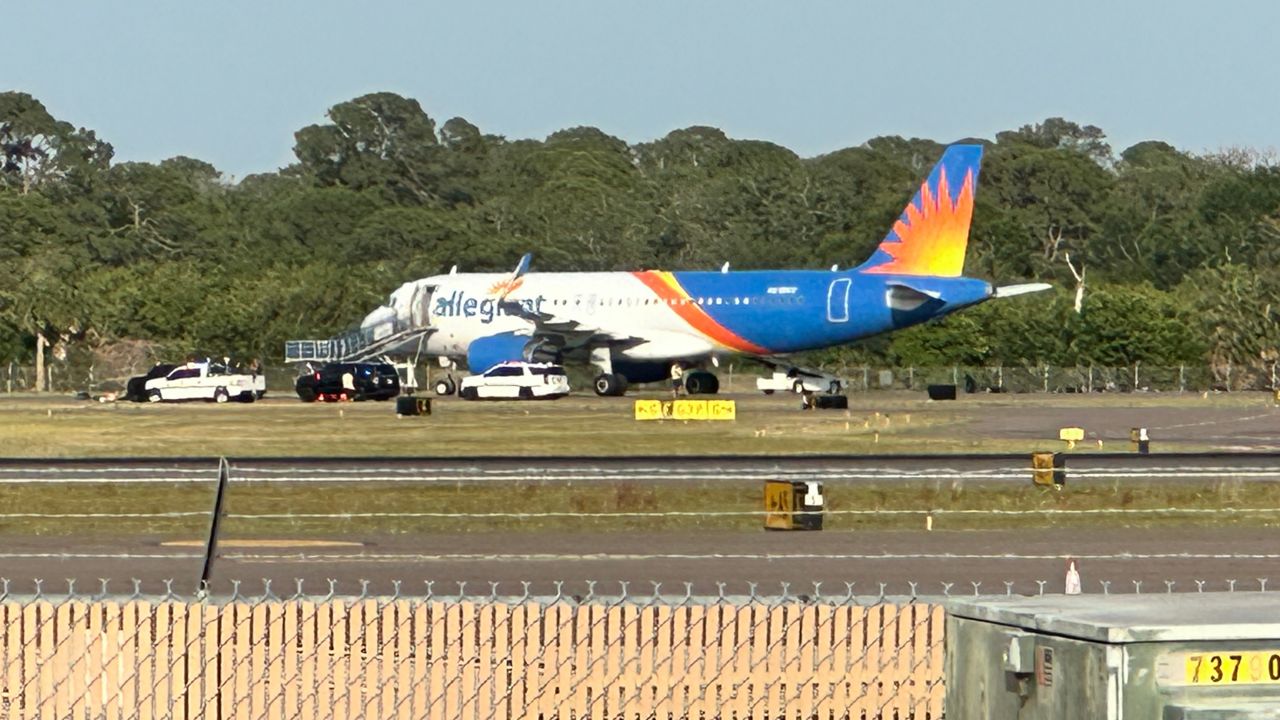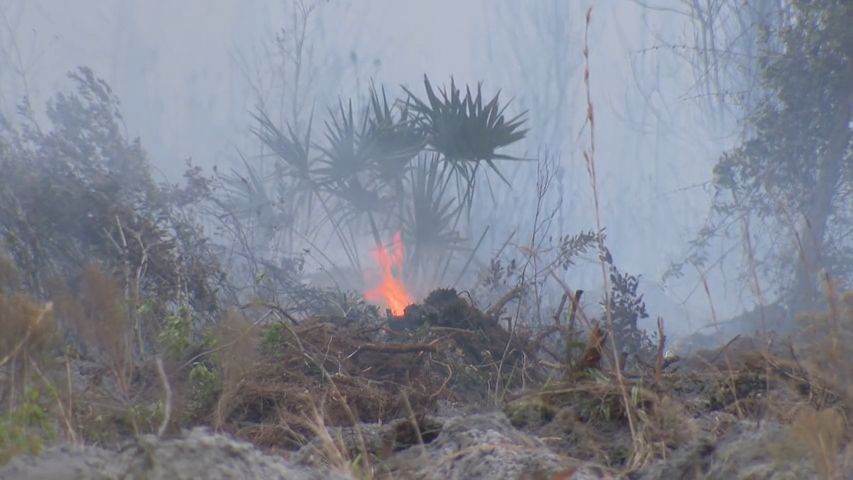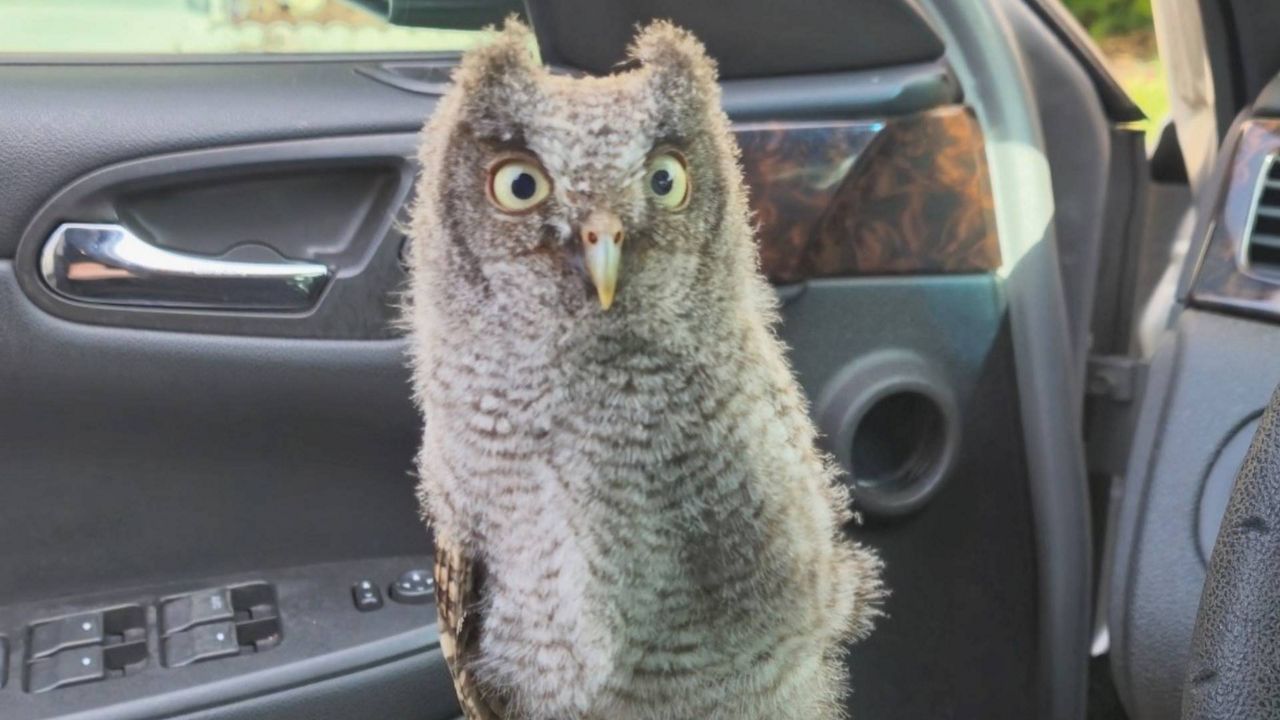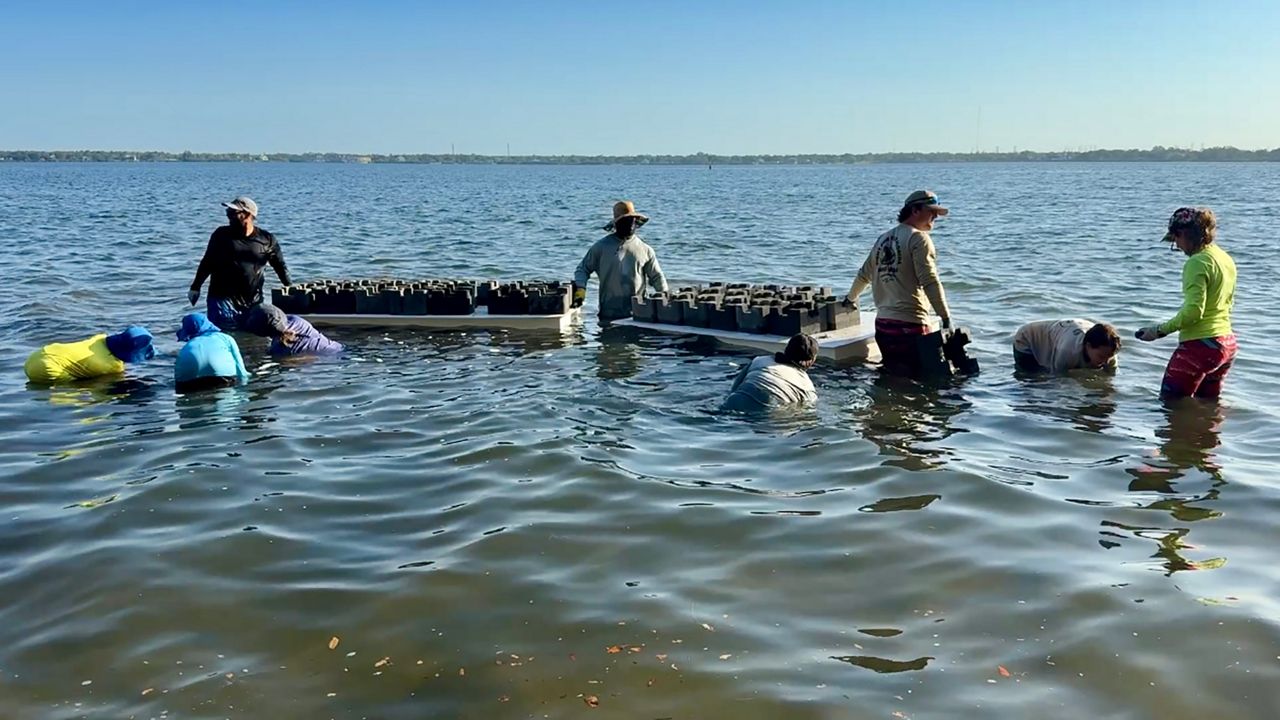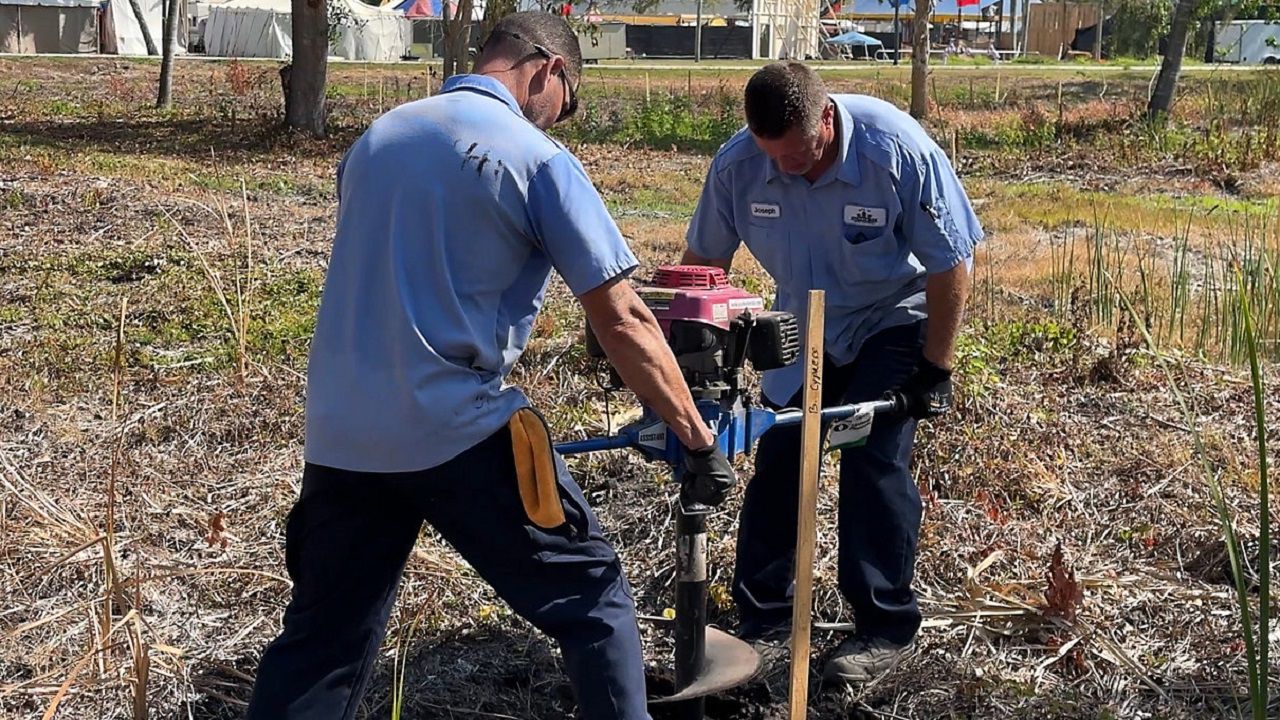CLEARWATER, Fla. — Clearwater Marine Aquarium (CMA) is marking the grand opening of its first manatee rehabilitation center Friday morning.
The new center is a working marine life hospital and is now open to the public.
This makes CMA part of a statewide network of organizations that not only assist with manatee rescues but house and care for manatees until they can be released back into the wild.
The new center is what Andy Garrett, FWC Manatee Rescue Coordinator for the State of Florida, says is known as a secondary holding facility. He says when a manatee is first rescued, they’re transported to one of the state’s three critical care facilities for initial care. Once they get to a more stable part of the recovery process, they’re transferred to a secondary facility like the new one at CMA.
“They built brand new pools for this and we’re very excited that they’re stepping into this,” Garrett said. “They have two right now and there’s hope maybe they do well with this and the next time when there’s an opportunity they take a few more and really contribute to this overall program.”
CMA’s first patients are two manatees named Yeti and Zamboni, who were transferred to them from ZooTampa. The manatees were rescued earlier this year when they were found suffering from cold stress.
Both Yeti and Zamboni are expected to be released back into the wild over the winter and at that point, CMA will be available to take on more manatees in need of transfer from a critical care facility.
Garrett says the team with CMA took a stair stepping approach into the world of manatee rescue and rehabilitation. CMA started working with FWC well over a decade ago helping with dolphin and sea turtle standings and more recently began helping with manatees. They have their own transfer vehicle that can take an injured or sick manatee to the closest available critical care facility.
“They’ve been helping us with rescues and anything in that kind in the Clearwater area, we call them and have them check,” Garrett explained. “If it needs a rescue, we work together to rescue it. That was their first way into manatees was doing the rescue stuff with us, and now here they are partners doing rehab as well.”
After a couple of years of manatees starving on Florida’s east coast due to issues with seagrass and food supply, Garrett says the population is doing better. They’re no longer finding starving manatees and seeing more calves in the waterways.
Boat strikes, entanglements, and cold stress continue to be major issues for the manatee population.







